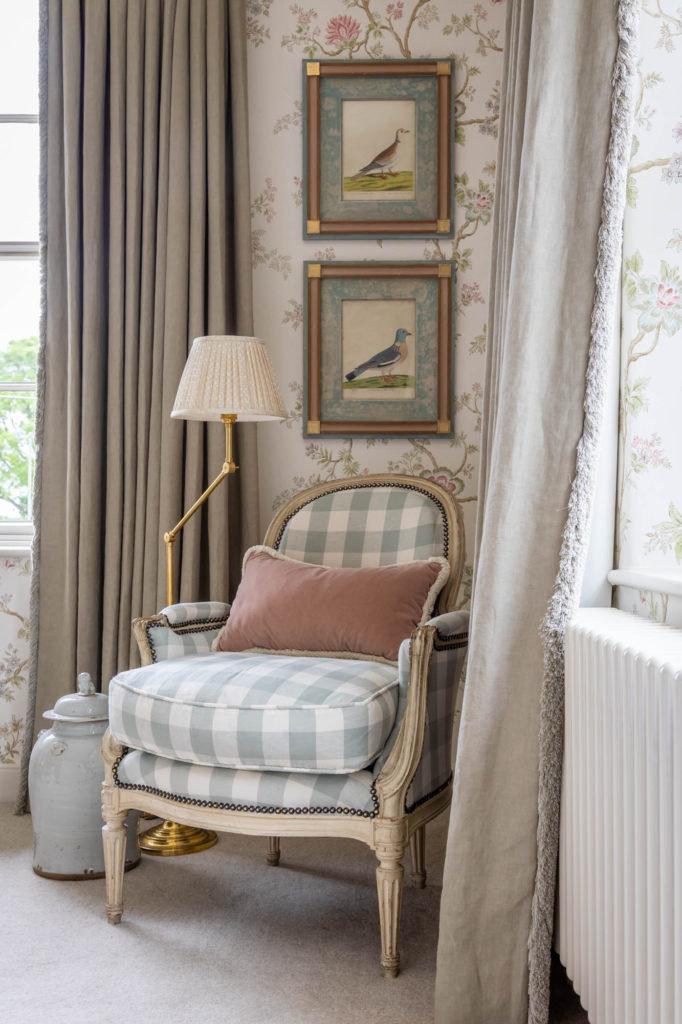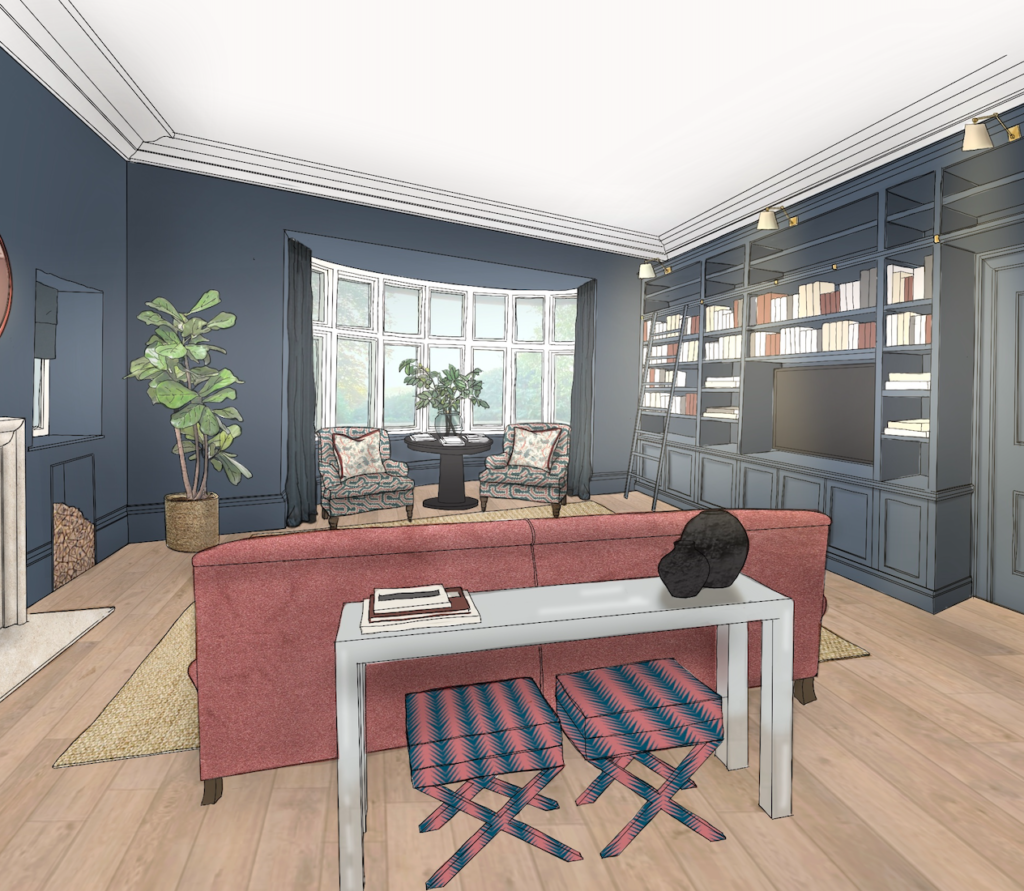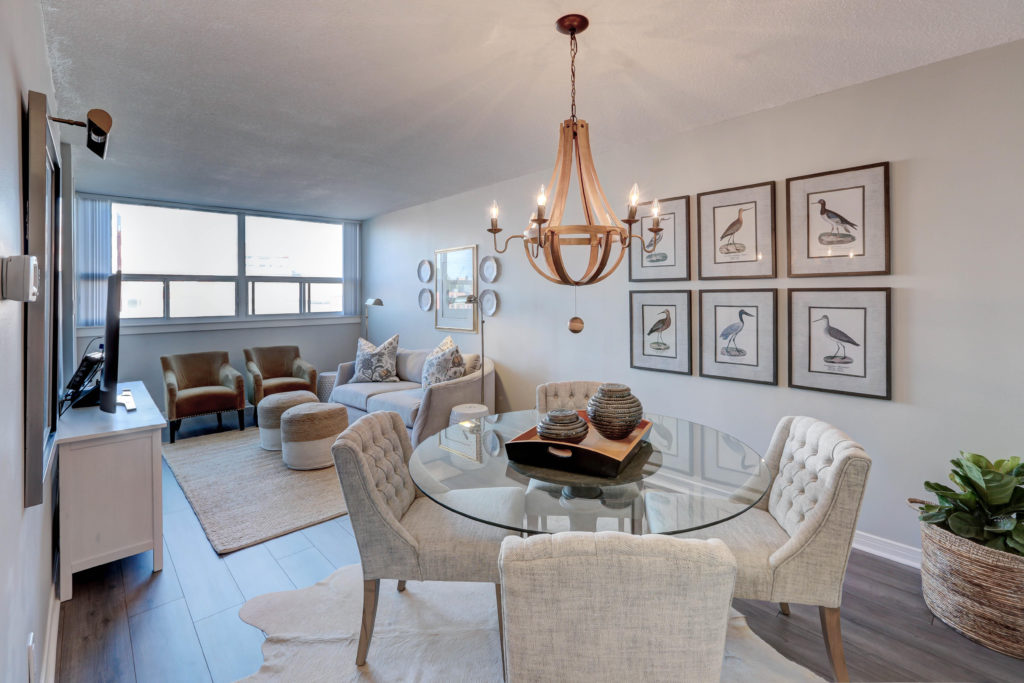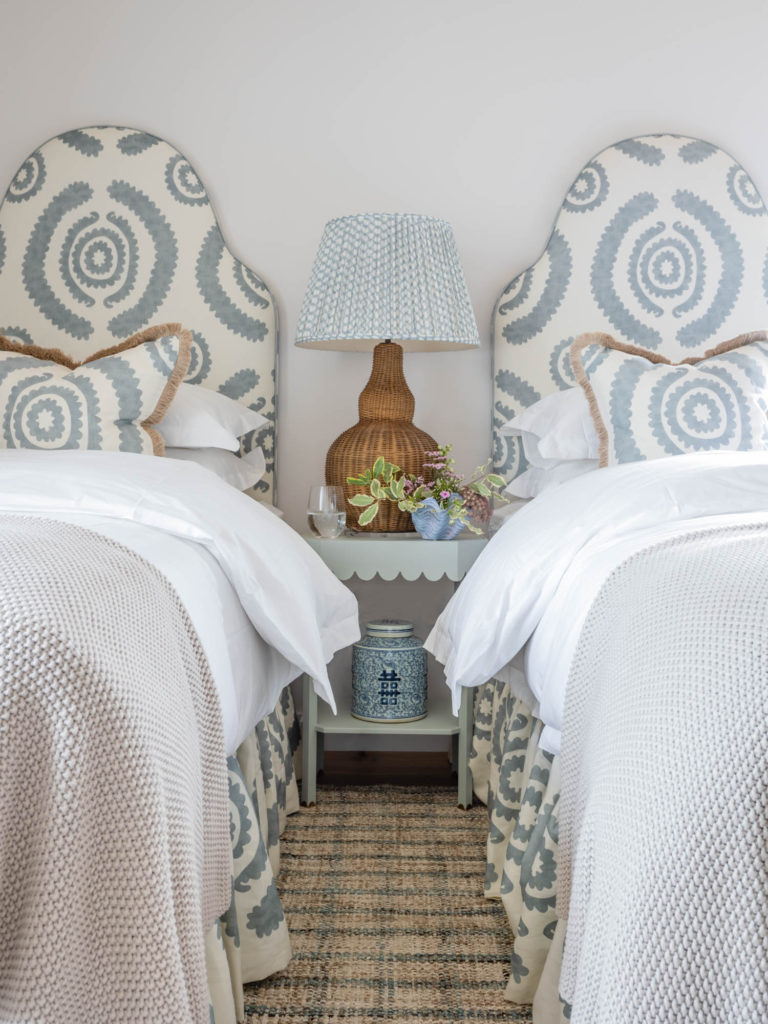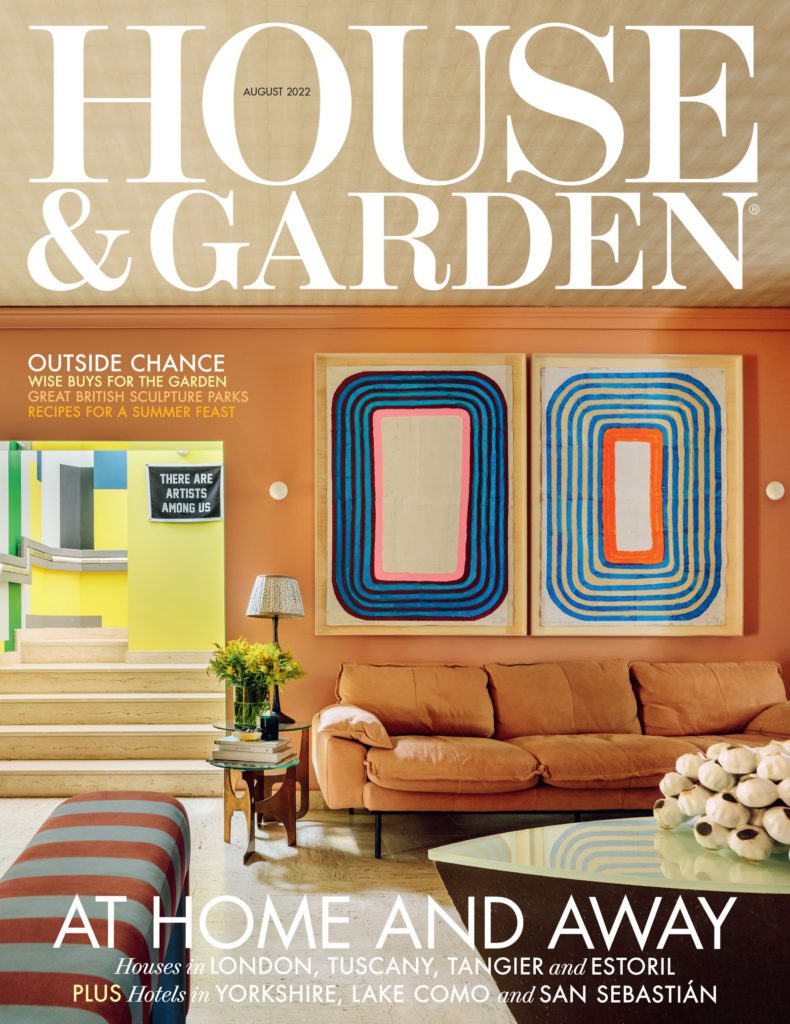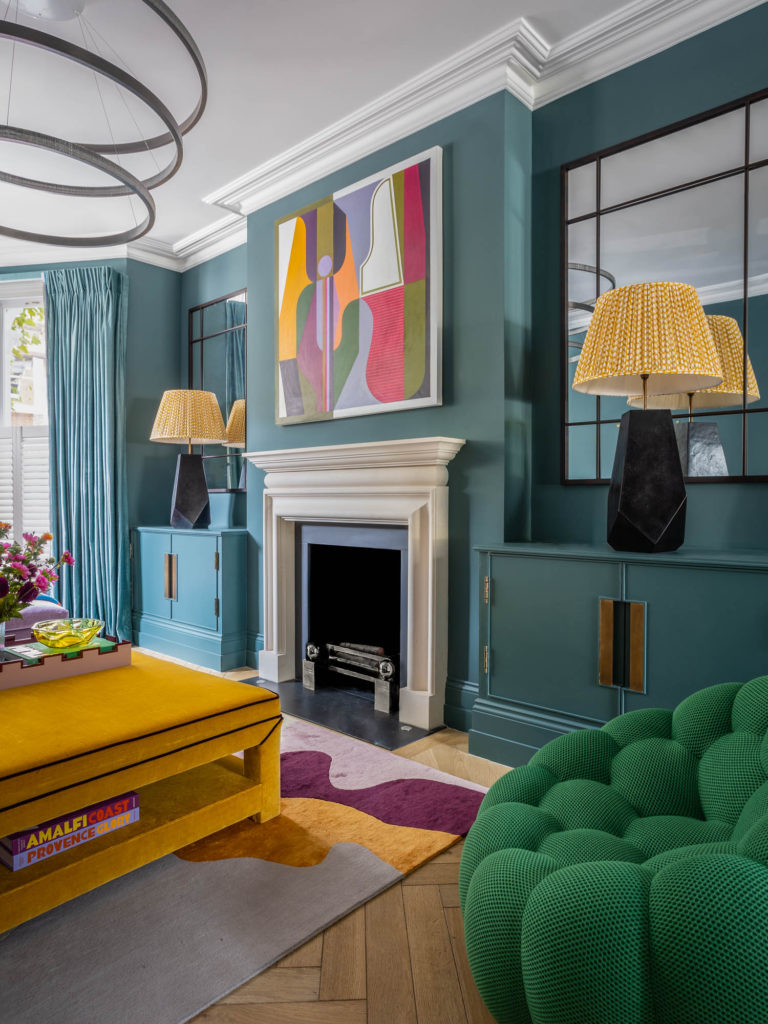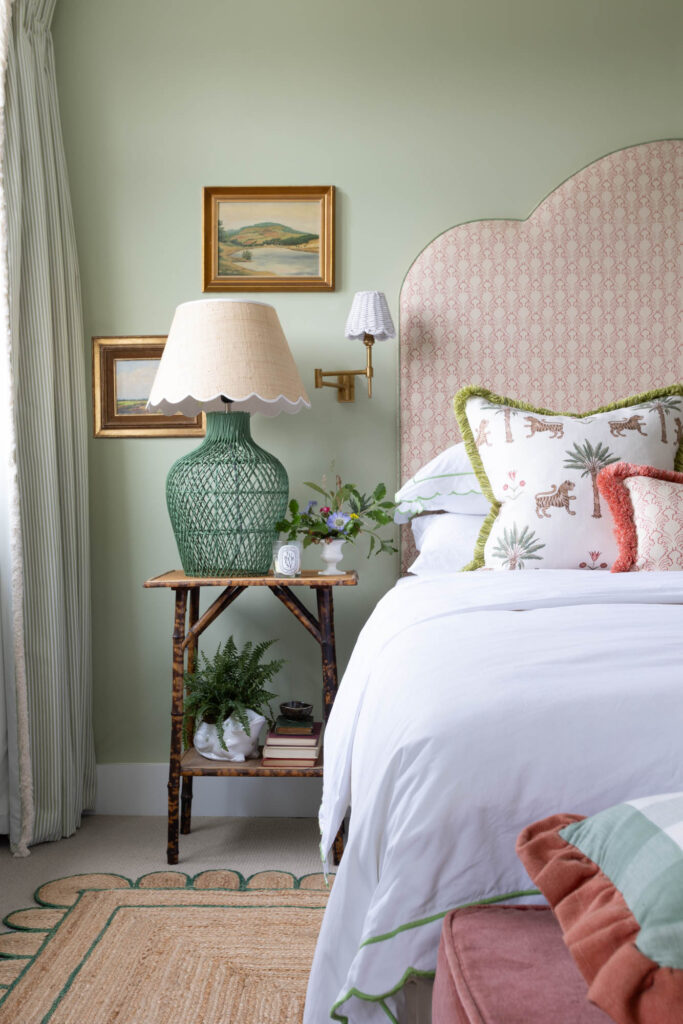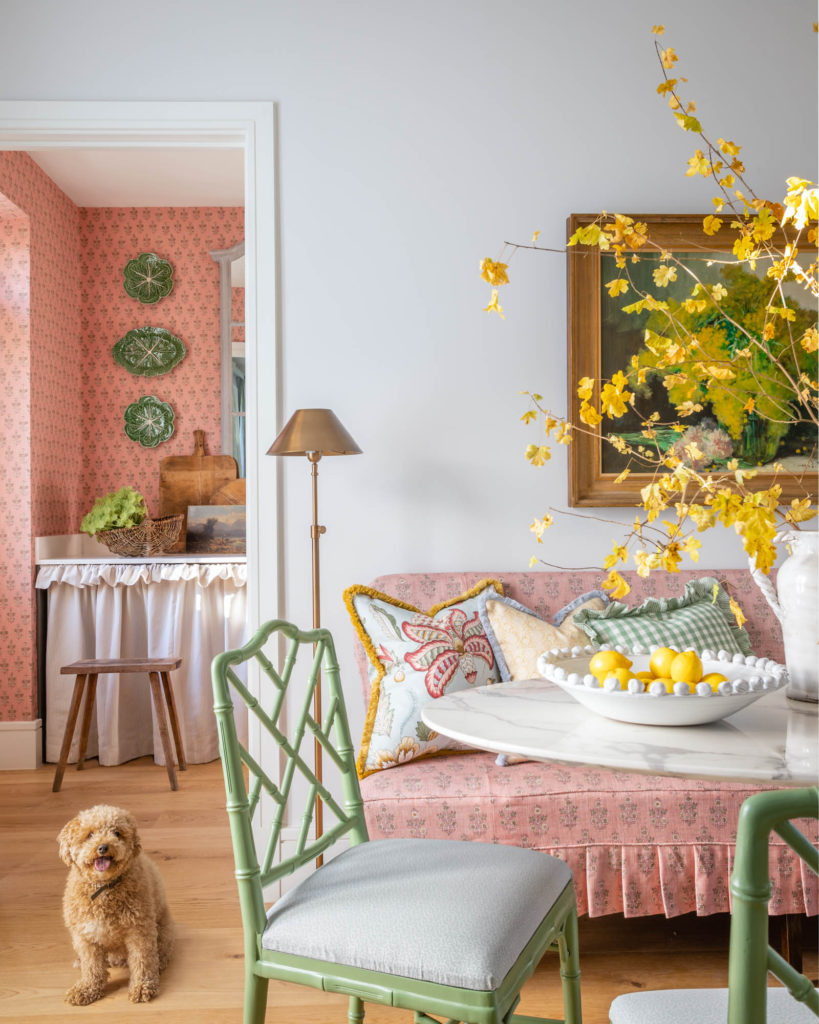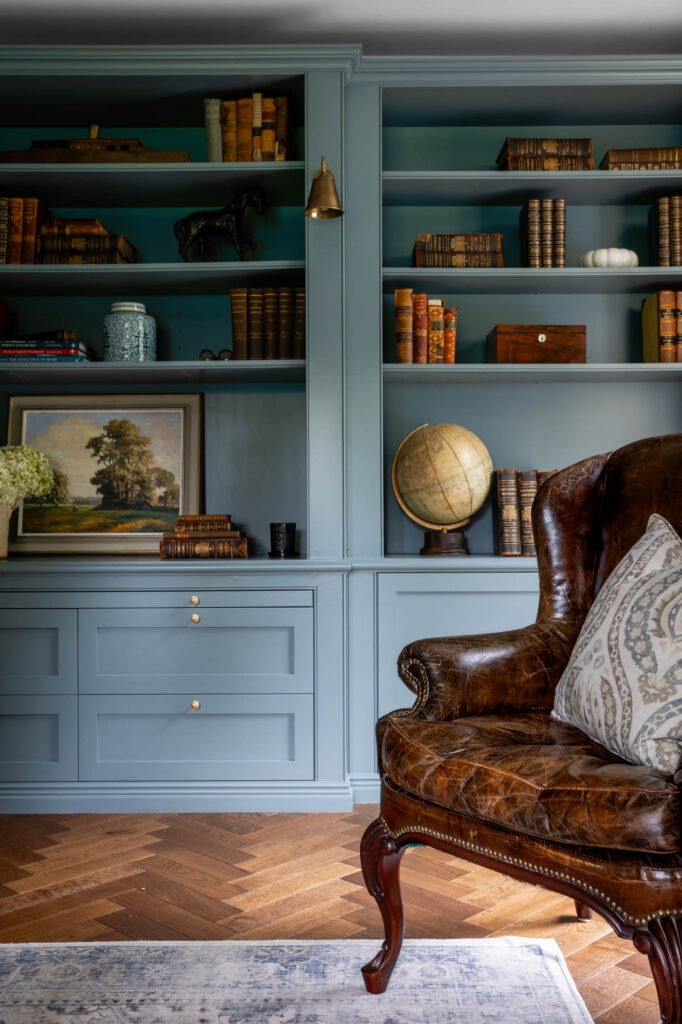How To Choose An Interior Designer
Why hire an interior designer?
I think hiring an interior designer is a great way to make your vision come to life. A lot of people may have ideas for their home, but struggle with how it will all come together. A designer is great for interpreting your personal aesthetic and making it work in your home.
How would you describe the role of an interior designer?
I would describe the role of an interior designer as a varied one. Sometimes we are psychiatrists, sometimes we are relationship councillors, but at the core, our job is to make people fall in love with their houses. It is all about creating a home that is a complete reflection of those that live within it. The goal of my work is to create a house that is tailored perfectly to the client in both aesthetic and functionality, all while interpreting their likes and dislikes into a defined concept and cohesive design.
When choosing an interior designer what questions should a customer be asking?
Choosing an interior designer is an extremely personal decision. I think in the age of social media, people are a lot more informed with what options they have with regards to their homes. I definitely think a designer’s aesthetic is important in the customer’s decision-making process. I would check out sites like Instagram and Pinterest to see what a designer is drawn to, or what their design mantra is. For me, I love colour and pattern and I like to define my designs as classic with a twist. For me, infusing colour and a bit of unexpected whimsy is what I am all about.
How To Choose An Interior Designer Read More »

